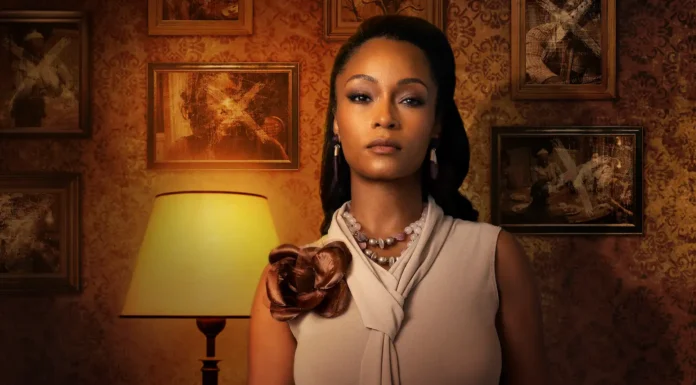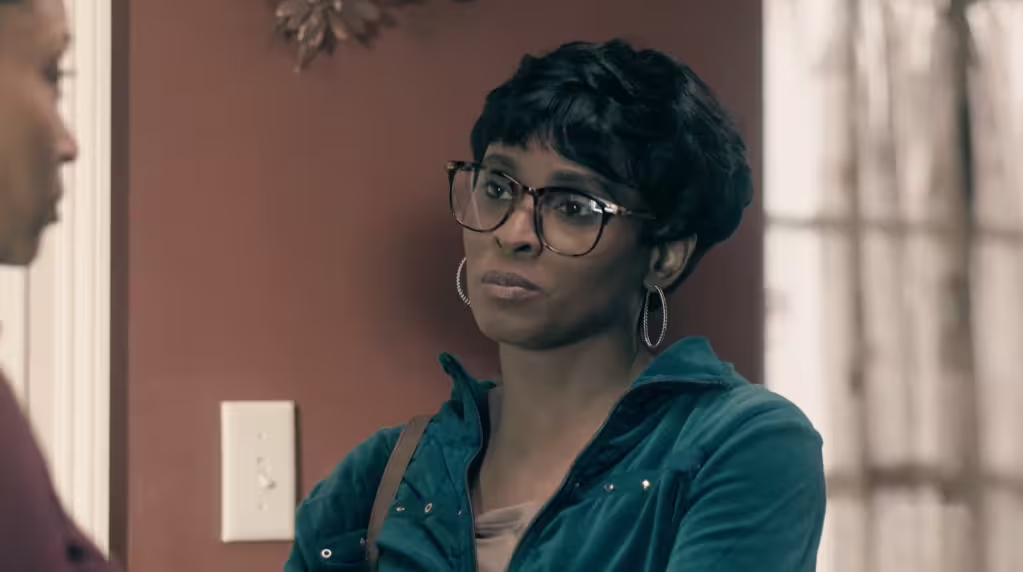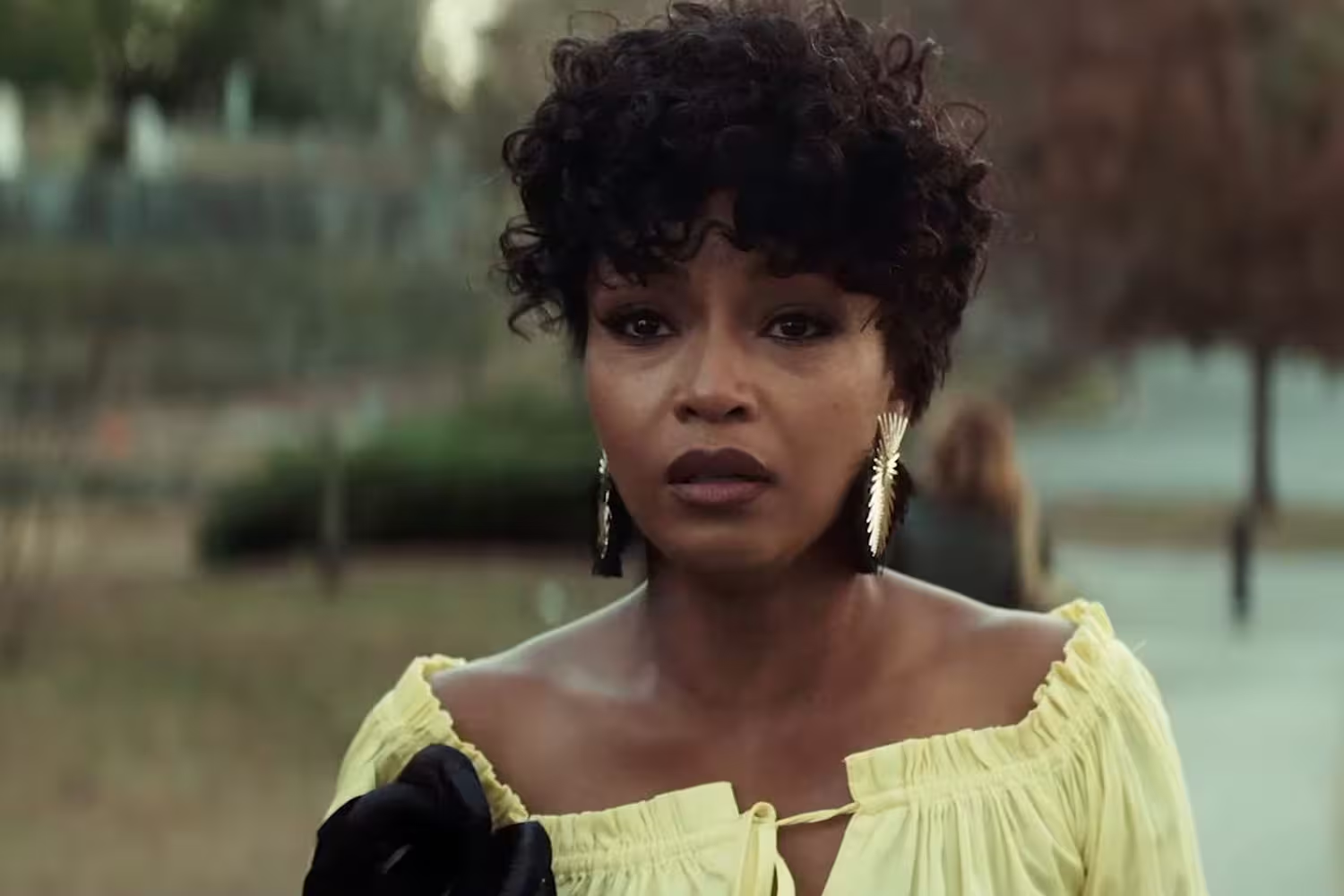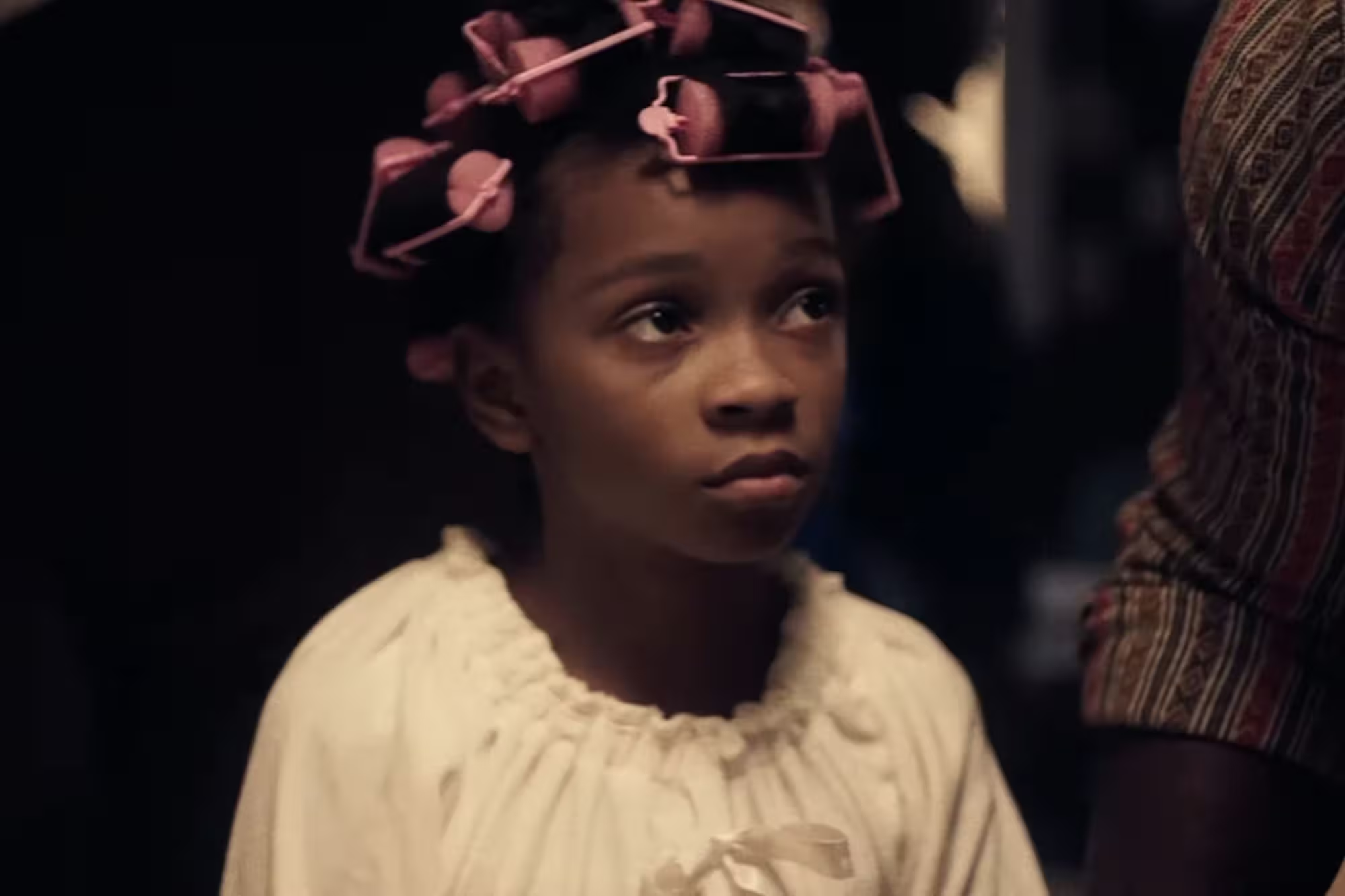If you’re searching for insight into the Not My Family Monique Smith Story ending, you’ve landed in the right spot. Lifetime’s latest gem, which premiered on April 12, 2025, gripped hearts with its raw tale of survival and self-discovery. Here at TV Acute, we’re unpacking this powerful film—directed by Tailiah Breon and starring Yaya DaCosta—for you. Expect an honest review and a clear explanation of that emotional finale, all while keeping things spoiler-free until you’re ready for the big reveals. Let’s dive into why this movie’s a must-watch and what its ending truly means.
Why Not My Family: The Monique Smith Story Stands Out
This Lifetime film, part of the “Ripped from the Headlines” series, isn’t your typical drama. It’s based on the memoir by Symbolie Monique Smith, I Am The Ancestor: Before I Die, I Must Share My Story. Spanning from the 1970s to 2025, it follows Monique’s life through unimaginable hardship to a triumphant search for identity. Yaya DaCosta shines as Monique, bringing both strength and vulnerability to the role. The supporting cast, like Tiffany Black as Elizabeth, adds depth, even if the pacing sometimes rushes through decades.
What makes this movie special? It tackles heavy themes—abuse, trauma and belonging—without sensationalizing them. Breon directs with care, focusing on Monique’s resilience rather than her pain. The film’s 1-hour-27-minute runtime, rated TV-14, feels tight at times, but it keeps you hooked. Whether you’re a Lifetime fan or new to true-crime dramas, this story’s emotional pull is universal.
Review: A Raw, Inspiring Journey of Resilience
Let’s talk about why this film hits so hard. Not My Family hooks you with its brutal honesty from the first scene. We first encounter young Monique (Solace Kimbro Jones) in a toxic Baltimore home, suffering emotional and physical abuse at the hands of Elizabeth, the woman she refers to as her mother. The film isn’t afraid to let her pain show, from sexual abuse at the hands of relatives but it is never gratuitous. Breon maintains Monique’s perspective, which allows her strength to become the center of the tale.
As Monique grows up, the film shifts gears. She escapes her past, only to face new struggles—like betrayal and loss—that test her spirit. Still, she creates a life, becoming a mother and moving into a romance with Jonathan. These moments of joy help counter the darkness, revealing her to be more than a survivor. DaCosta’s performance is also a highlight, her embodiment of Monique’s quiet resolve and inner conflict. The story, written by Sylvia L. Jones, manages both personal and universal threads, although side characters could be more fully developed.
Visually, the movie nails the period vibes—from 1970s grit to modern-day clarity—considering Lifetime’s low budget. Sometimes the story seems only occasionally hurried—three decades take no time at all—but the human heart remains steady. It’s not perfect, but it’s real. It has challenging questions about identity and family and finds you galvanized by Monique’s bravery.
Not My Family Monique Smith Story Plot: A Quick Recap
Before we dive into the finale, let’s set the stage. The movie kicks off in 2000 with Monique handing out missing children flyers in New York. When asked if she’s looking for her daughter, she says, “No, I’m the one who’s missing.” This line sets up her lifelong quest. Flashing back to 1976, we see baby Monique in a home filled with cruelty, except for her grandmother’s kindness. Abuse from Elizabeth and others pushes her to run away as a teen, carrying cash and a letter for her grandma.
Her escape doesn’t go as planned. Robbed on a bus, Monique ends up stranded until a woman named Caroline offers help—only to trap her in prostitution. A fleeting romance leads to pregnancy, and alone again, Monique returns to Baltimore. There, she rebuilds: she gets a job, meets her friend Rubye, and marries Jonathan. Motherhood sparks new questions, though. Why did Elizabeth hate her so much? Was she even her real mother? These doubts drive Monique to dig into her past, setting up the emotional climax we’re about to explore.
Not My Family Monique Smith Story Ending Explained
Warning: Major spoilers for the Not My Family Monique Smith Story ending below. Skip this section if you haven’t watched!
Monique’s search for her true identity builds to a showdown with Elizabeth. Desperate for answers, she begs to know who her biological mother is. Elizabeth, cold as ever, shuts her down: “I’ll take the truth to my grave.” It’s a crushing moment—Monique feels like she’s lost her chance forever, especially when Elizabeth passes away soon after. If you’re wondering how Monique continues to move forward after this, stay tuned. The story’s about to turn.
Just when hope seems gone, a DNA detective calls with a breakthrough. Enter Trinity, a genealogist who’s been tracing Monique’s DNA. After digging through records, Trinity uncovers a match linking Monique to Margaret, her biological mother, with roots tracing back to the 1850s. This revelation hits like a tidal wave. Monique finally knows her origins, giving her a sense of self she’s never had. It’s not just about finding Margaret—it’s about claiming her heritage and rewriting her story.
But the journey doesn’t stop there. Monique learns Margaret died of a heroin overdose when she was around 8, a painful truth shared by Ruth, her newfound sister. Ruth’s family welcomes Monique with open arms—seven sisters, nieces, nephews, the works. The reunion scene, where Monique’s surrounded by love, will leave you teary-eyed. She reflects, “I may never know exactly what happened to me, but I know I’m a survivor. I know I’m loved. I know I have roots.” It’s a powerful moment that ties her pain to her triumph.
One lingering question remains: was Monique abducted? Ruth admits she doesn’t know the full story, only that Margaret loved her deeply. The film leaves this ambiguous, mirroring real life’s messy truths. Based on Monique’s memoir, she was taken from New York as a toddler, but the details stay murky. This open-endedness doesn’t detract—it makes Monique’s strength shine brighter.
The movie wraps with a nod to the real Symbolie Monique Smith, dubbed “The Longest Living Jane Doe.” Her advocacy through her nonprofit, Known as Monique, inspires others to seek their truth.
Who Was Margaret, Monique’s Real Mother?
Margaret — Monique’s biological mother — plays a key role in the Not My Family Monique Smith Story. Margaret, whom Ruth notes struggled with addiction, died of a heroin overdose in a drug house when Monique was about 8. This news hits Monique hard — she had wished for a gentler story about her mom. But it’s a poignant reflection of the era’s struggles, when addiction ripped families apart. Margaret had a hard life, but Ruth claims she loved Monique intensely. That love, while ripped away, leaves Monique with some bittersweet link to her roots. And knowing Margaret’s story allows Monique to reclaim her heritage, finding new roots in a legacy of resilience, even amid the pain of loss.
Did Monique Get All Her Answers?
Monique’s quest for truth in Not My Family: The Monique Smith Story leaves some questions unanswered, and that’s what makes it so real. She learns Margaret was her mom and reconnects with Ruth and her big family, but the full story of her childhood stays cloudy. Was she kidnapped by Elizabeth? Did someone give her away? Ruth doesn’t have those details, only sharing that Margaret never stopped loving her. Monique’s memoir suggests she vanished from New York as a toddler, possibly tied to trafficking, but no one confirms it. This gap isn’t a flaw—it shows life’s complexity. Monique finds peace not in every answer, but in knowing she’s loved and belongs.
How Does the Film Compare to Monique’s Memoir?
If you’re curious about the real story, Monique’s book, I Am The Ancestor, dives deeper. The film condenses her life for drama, skipping some details—like her advocacy’s full scope—to fit the runtime. Still, it captures her spirit. The memoir reveals more about her early years and the systemic issues, like missing persons cases, that shaped her fate. Both are worth exploring: the movie for its heart, the book for its depth. Together, they provide a comprehensive portrayal of a woman who refused to let her past define her.
Should You Watch Not My Family: The Monique Smith Story?
Absolutely. If you love stories that blend grit with hope, this one’s for you. DaCosta’s performance alone is worth the watch, and the Not My Family Monique Smith Story ending will leave you inspired. It’s not flawless—the pacing stumbles, and some characters feel thin—but its heart is undeniable. Stream it on Lifetime’s app, grab some tissues, and prepare to cheer for Monique. Want to know more about her real-life work? Check out her nonprofit’s mission online.
Keep exploring real stories on TV Acute—there’s always more to uncover.
Must Read: True Story Behind “Not My Family: The Monique Smith Story”











